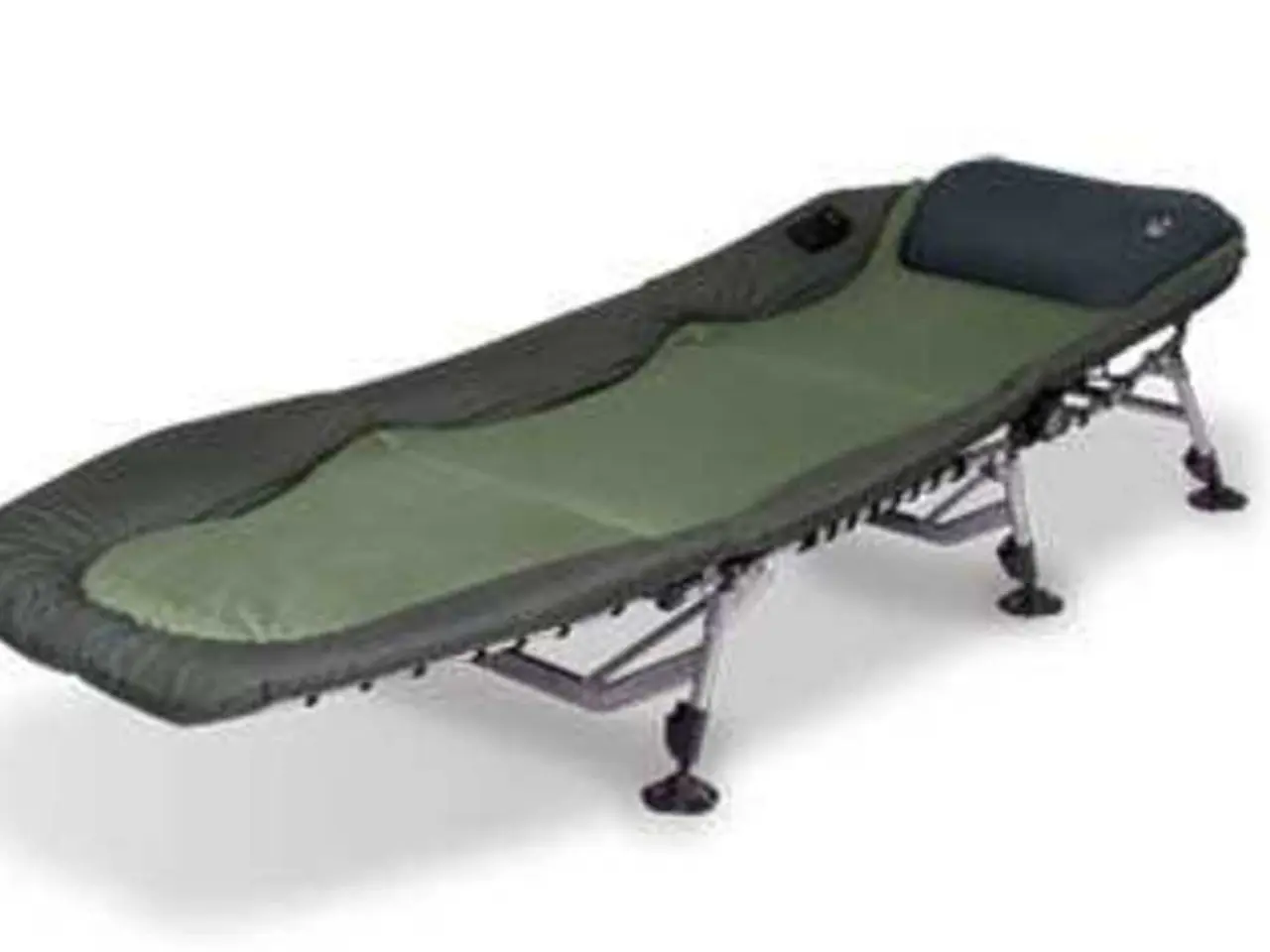Impact of Running on Joints: Potential Consequences, Hazards, and Insights
Recent research suggests that recreational long-distance running may not increase the risk of developing osteoarthritis (OA) and could even have a protective effect on knee joint health. On the other hand, the impact of competitive long-distance running is less clear and may depend on factors such as prior injury and running mechanics.
Key findings indicate that recreational running up to moderate distances (less than ~15-25 miles/week) is associated with no increased cartilage loss and may strengthen knee cartilage, reducing OA risk in healthy individuals without previous injury. Recreational runners tend to have similar or slightly lower rates of knee OA compared to non-runners.
However, competitive long-distance runners, who typically run higher weekly mileage, may be exposed to greater joint loads and potentially higher OA risk if poor biomechanics or previous knee injuries exist. Running mechanics affect joint stress; poor form can produce loads 8-12 times body weight, which may increase cartilage wear and OA risk.
Prior injuries such as ACL tears or knee surgeries strongly elevate the risk of OA in runners, regardless of running volume. Obesity also increases cartilage degeneration risk.
Strength and resistance training, which enhance muscle strength and joint stability, are important adjuncts for runners to prevent orthopedic injuries and may reduce OA risk by improving joint support.
In summary, moderate recreational long-distance running appears joint-friendly and not related to osteoarthritis development. Competitive runners should be mindful of injury history, running form, and incorporate strength training to protect joint health. No strong evidence yet fully clarifies the risk for very high-mileage competitive long-distance runners separated from other injury factors.
A doctor or physical therapist can suggest the most suitable exercises for a person to try, such as hamstring curls, stepups, straight leg lifts, wall squats, quadricep stretches. Proper running form includes looking ahead, relaxing the hands and shoulders, keeping the arms below the chest, minimizing the force at impact, keeping the knee in line, shortening the stride, and landing with the knee slightly bent. Finding a shoe that fits well, is comfortable, and provides good support can help prevent injuries and pain.
It's essential to remember that every individual is unique, and what works for one runner may not work for another. It's crucial to listen to your body, warm up and cool down appropriately, and seek professional advice if experiencing persistent knee pain.
Other benefits of running include reduced stress, improved mood, and help with thinking and cognition. A study from 2017 found that a substance called knee cartilage glycosaminoglycan is higher in runners than non-runners.
Injuries are common among runners, with approximately 50% reporting injuries due to accidents or overuse per year. An abnormal gait can indicate an injury. Treatment options for knee pain at home may include putting as little weight on the knee, icing the knee, taking nonsteroidal anti-inflammatory drugs (NSAIDs), and resting. A doctor may recommend physiotherapy, steroid injections, or arthroscopy for persistent knee pain. Conditions such as patellofemoral pain syndrome (PFPS), chondromalacia patella, iliotibial band (IT) band syndrome, prepatellar bursitis, and patellar tendonitis are common running injuries that can cause knee pain.
In conclusion, while running can have numerous benefits for physical and mental health, it's essential to prioritise knee health by adopting good running form, wearing appropriate footwear, and incorporating strength training and a progressive running program. Always consult a healthcare professional if experiencing persistent knee pain or injuries.
- Recreational running, particularly at moderate distances, may strengthen knee cartilage and reduce the risk of osteoarthritis (OA) in health individuals without prior injury, according to recent findings in health-and-wellness and science.
- On the other hand, competitive long-distance running, associated with higher weekly mileage, might increase the risk of developing OA if poor biomechanics or previous knee injuries exist, as suggested in sports and science.
- To protect joint health, competitive runners should maintain good running form, focus on fitness-and-exercise such as strength and resistance training, and be mindful of previous injuries, as emphasised in health-and-wellness and sports.




